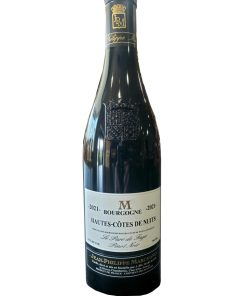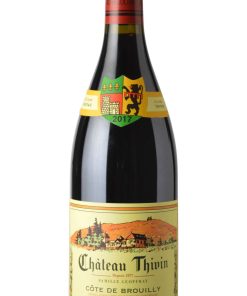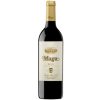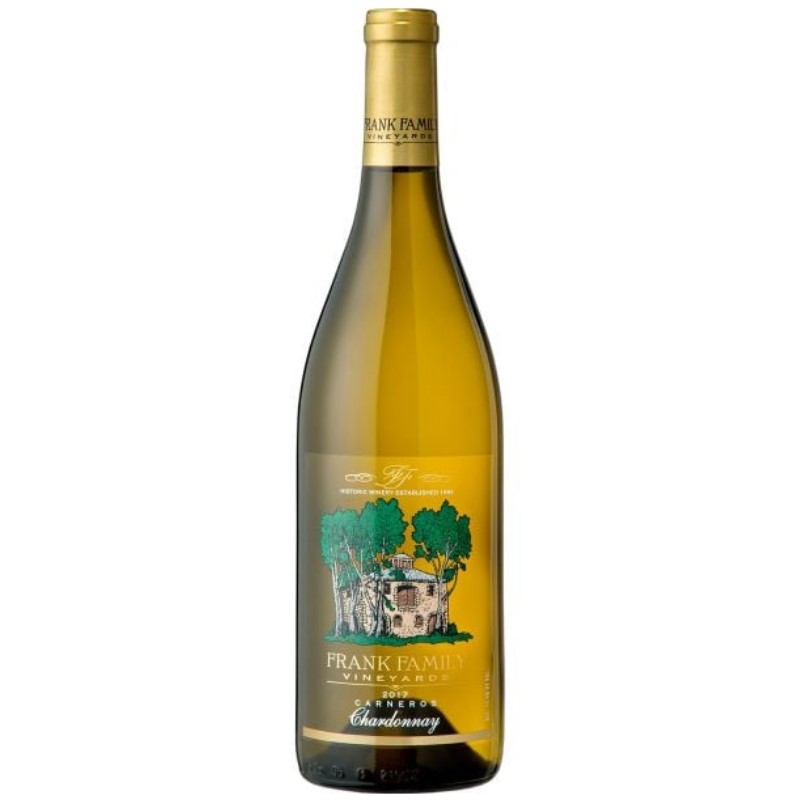-
×
 2021 Marchand Freres Hautes Cotes de Nuits Red Burgundy
1 × $29.99
2021 Marchand Freres Hautes Cotes de Nuits Red Burgundy
1 × $29.99 -
×
 2022 Chateau Thivin Cote de Brouilly 750ML
1 × $31.99
2022 Chateau Thivin Cote de Brouilly 750ML
1 × $31.99
2019 Les Champs Clos Sancerre
$27.45
Out of stock
SKU: 2429314
Categories: 2019, 750ML, France, Sauvignon Blanc, White
2019 Les Champs Clos Sancerre
2019 Les Champs Clos Sancerre
Appealing flavors of well-ripened berries develop on the palate, balancing perfectly with the oaky flavors. The finish is long and harmonious, indicating a wine with outstanding potential.
Pale yellow green in color. Lemon, mineral, and flinty notes. Appealing flavors of well-ripened berries develop on the palate, balancing perfectly with the oaky flavors. The finish is long and harmonious, indicating a wine with outstanding potential.
Mainly oriented to the south, the vineyards enjoy optimum exposure. The nature of the soil is mostly clay-gravel and the configuration of the vineyard slopes and small valleys provide excellent water drainage.
Sancerre is a small wine district in central France, famous for its crisp, aromatic white wines made from Sauvignon Blanc. It is also known for its high-quality goat cheeses, which are an excellent match for the local wine. The vineyards here surround the eponymous town, which sits atop a bean-shaped hill overlooking the river Loire (see Loire Valley).
The classic Sancerre wine is white, bracingly acidic, and has pungent aromas of gooseberries, grass, nettles, and a hint of stony minerality. Richer, riper examples – particularly those from warmer, west-facing sites with chalky soils – often show fruitier notes of passionfruit and lemon peel. Sancerre is typically less “obvious” than the most famous New World styles of Sauvignon Blanc; less grassy than those from Marlborough and less overtly citrussy than those from Casablanca.
It is only since the mid-20th Century, and the creation of a protected Sancerre appellation, that the town’s name has been so strongly associated with white wines. Prior to this, the district was better known for its light-bodied reds. Today, red Sancerre Rouge – made exclusively from Pinot Noir – accounts for less than 20 percent of the district’s annual production.
Until phylloxera wiped out vast tracts of vineyard in the 1860s, the vineyards here were planted mostly with red-wine varieties, such as Gamay and Pinot Noir. White wines were in the minority, and were made not from Sauvignon but from Chasselas. When the solution to the phylloxera epidemic was identified (grafting European vines onto American rootstocks) Sauvignon Blanc vines proved more responsive than these other varieties. Thus Sauvignon came to be Sancerre’s most widely planted variety – a development without which the district and its wines would probably not be as famous as they are today.
Related products
Chardonnay
$32.00
2021 Jean-Marc Brocard Chablis Sainte Claire 2021 Jean-Marc Brocard Chablis Sainte Claire is tart, with notes of lemon oils and mango skin, as well as a bit of minty herbaceousness. On the palate, there are flavors of honey, tropical fruits just barely ripened, as well as a finish of bracing acidity. One of the most popular [...]
Burgundy
$97.00
2019 Nicolas Rossignol Volnay 2019 Nicolas Rossignol Volnay is medium to full-bodied with aromas of plums, wild berries, warm spices and licorice, fleshy and layered, with fine concentration, lively acids and an ample core of fruit. Concluding with elegantly chalky grip on the finish, this cuvée has always been one of the more charming and immediate [...]
$28.00
2019 Laurent Martray Cote de Brouilly Les Feuillees 2019 Laurent Martray Cote de Brouilly Les Feuillees is especially compelling, unfurling in the glass with aromas of cherries, wild berries, warm spices, peonies, licorice and orange rind. Medium to full-bodied, layered and multidimensional, it’s velvety and concentrated, with lively acids and a long, resonant finish. This [...]
$126.00
2020 Jean-Claude Bachelet Chassagne-Montrachet 1er Cru Macherelles 2020 Jean-Claude Bachelet Chassagne-Montrachet 1er Cru Macherelles presents a finely tuned nose of citrus lemon, peach skin and touches of candle wax and crushed stone. The palate is clean and precise on the entry, then very smooth and harmonious, offering seductive peachy, mango notes. Not amazingly complex on the [...]
 2022 Chateau Thivin Cote de Brouilly 750ML
2022 Chateau Thivin Cote de Brouilly 750ML 


